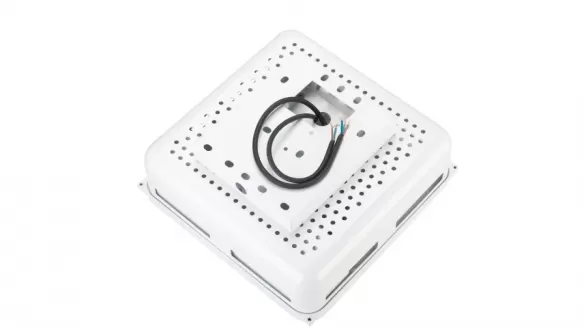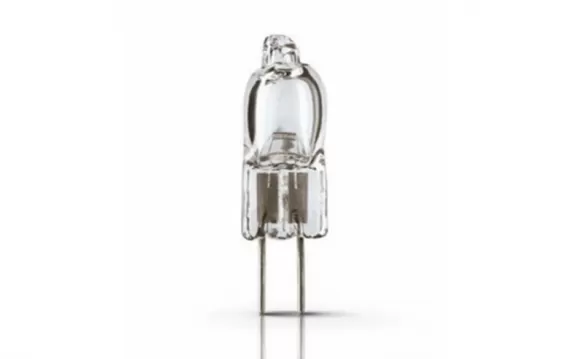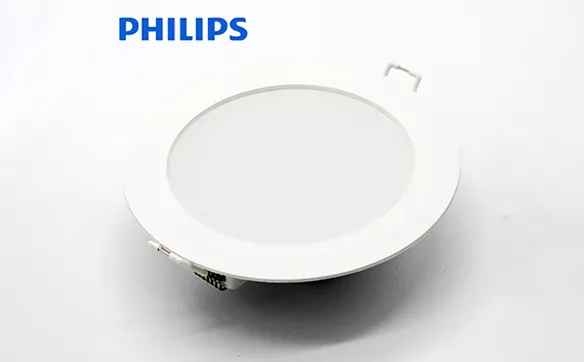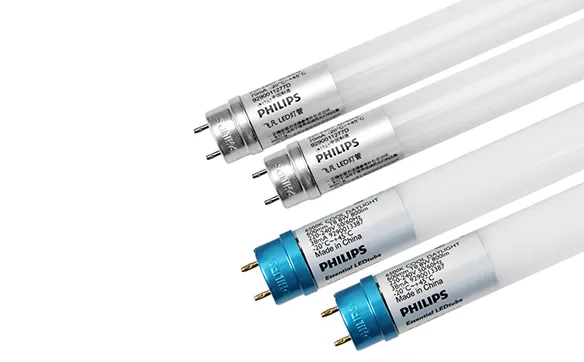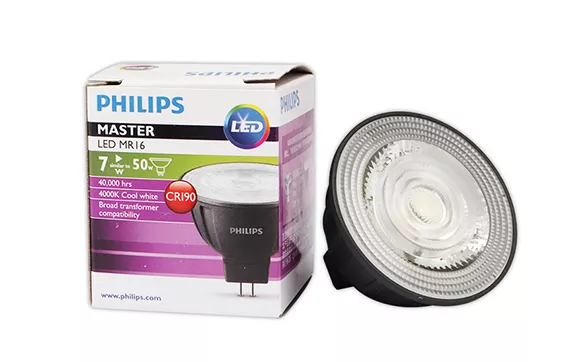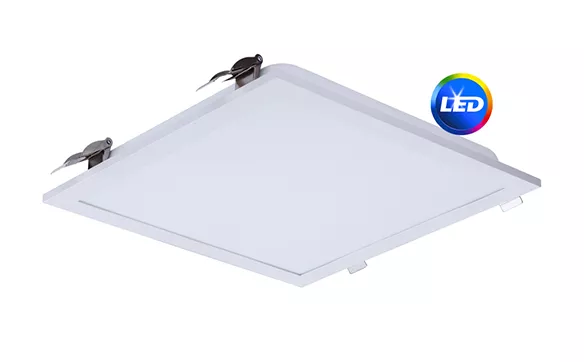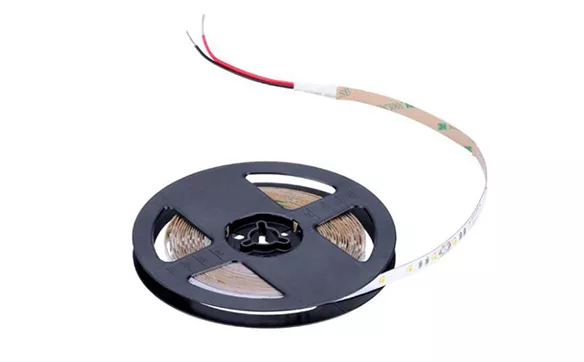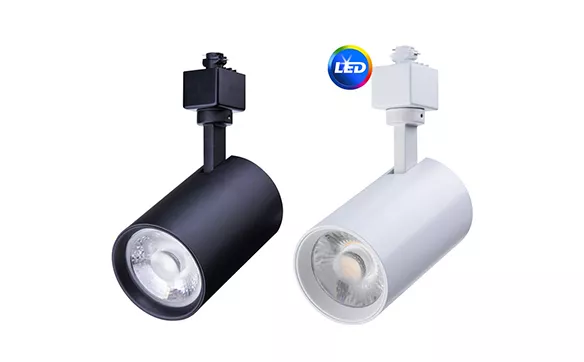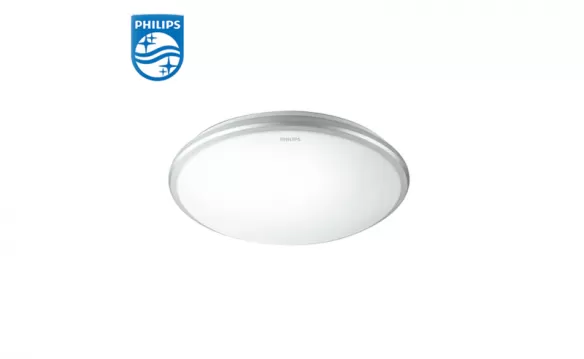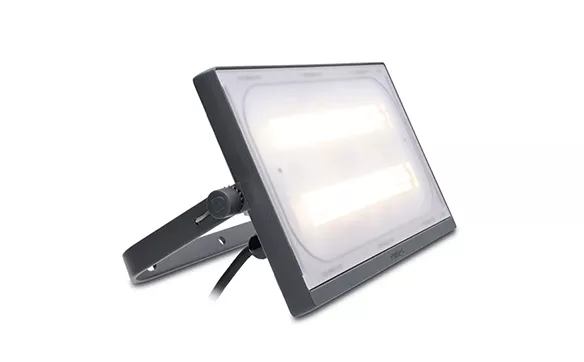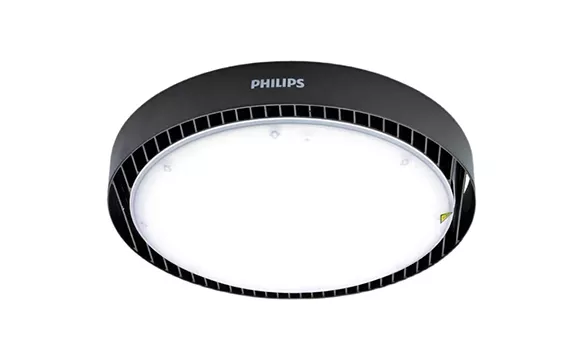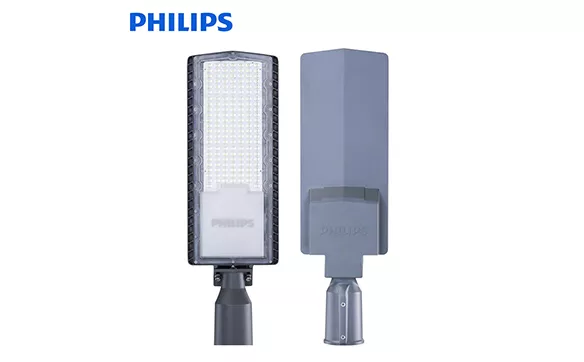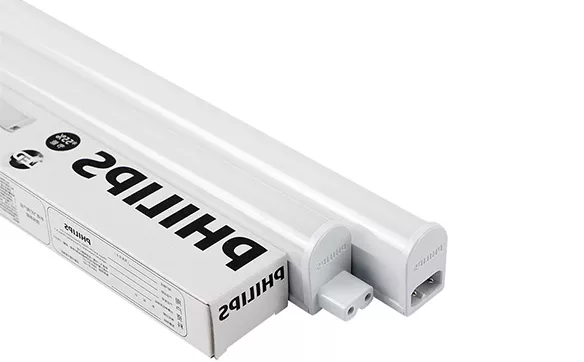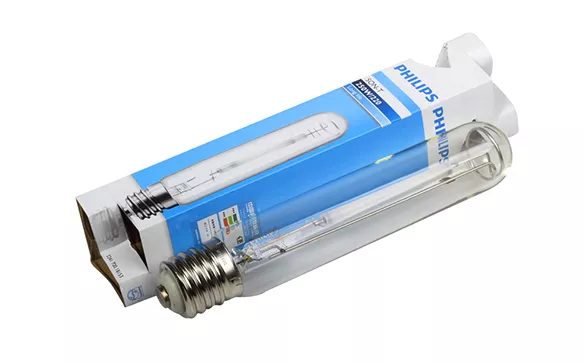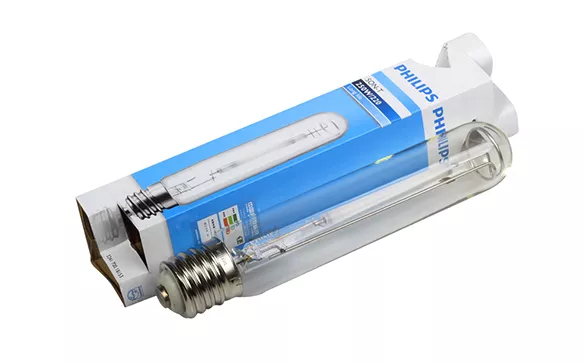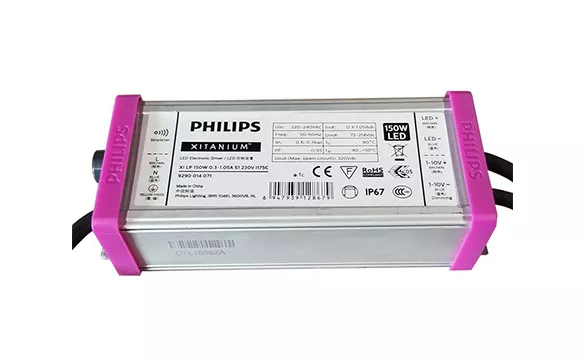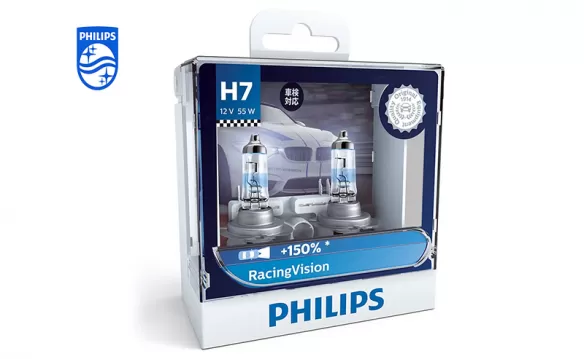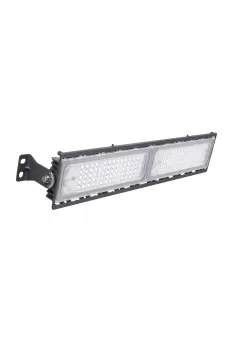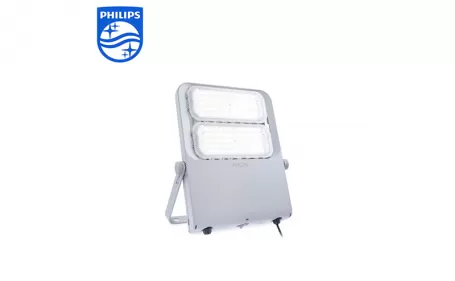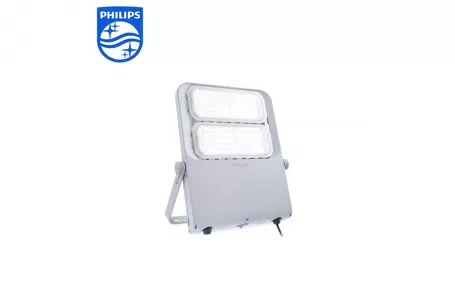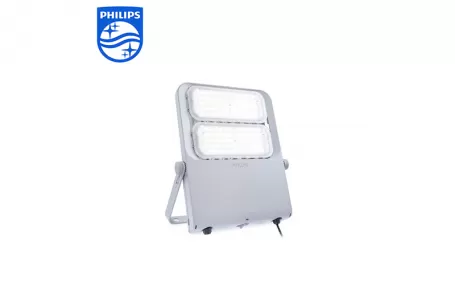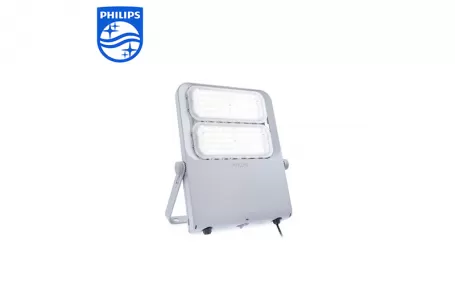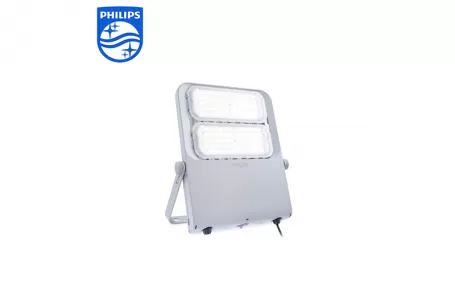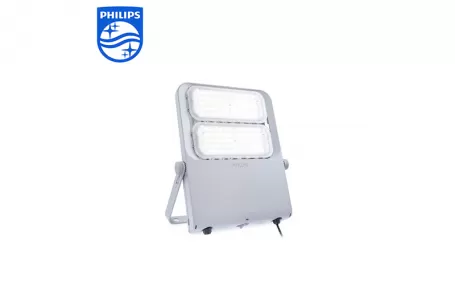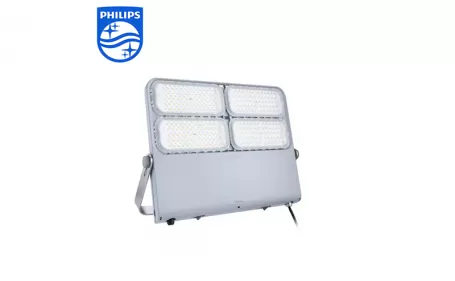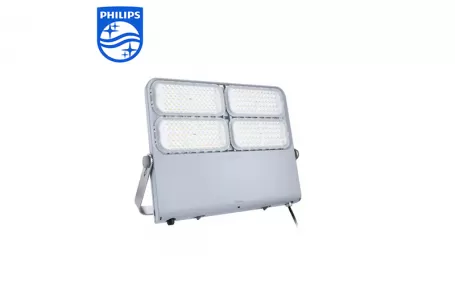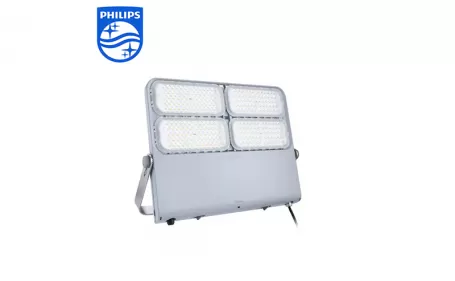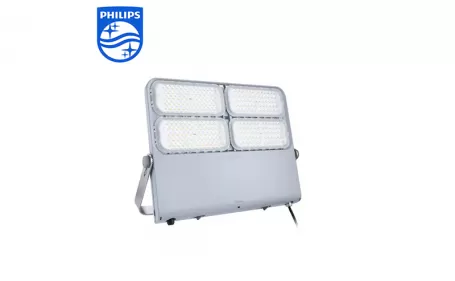LED lights have become the preferred choice over fluorescent lamps, and for large spaces with relatively high ceilings, high bay and low bay lighting fixtures are commonly used.
While both types share the characteristic of being mounted onto high ceilings, it's essential to understand their differences and unique features before making a purchase. In this guide, we'll compare high bay and low bay lighting fixtures to help you make an informed decision for your specific lighting needs.
What Is Bay Lighting?
Bay lighting serves to illuminate expansive areas with high ceilings, finding applications in spaces like warehouses, commercial buildings, retail establishments, and gymnasiums.
These fixtures fall into two main categories: high bay and low bay light fixtures. While the primary distinguishing factor is ceiling height, there are additional similarities and differences between the two types.
What is high bay lighting?
A high bay light is usually defined as a light intended for use in a ceiling ranging from 20-40 feet in height from the floor. A high bay ceiling is usually found in industrial and some commercial spaces.
What is low bay lighting?
Low bay lights are usually defined as a light intended for use in a ceiling under 20 feet in height from the floor. A low bay ceiling is the most common type of ceiling commonly seen in homes, most retail businesses, and public buildings.
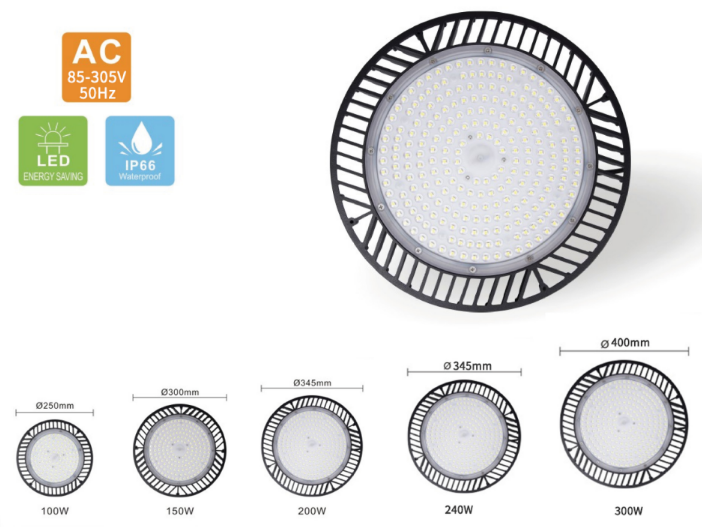
High Bay vs. Low Bay Lighting
High and low bay lighting fixtures are both used to illuminate large areas and mounted onto high ceilings to provide stronger light while reducing glare.
Ceiling height is the best way to compare high bay vs. low bay lighting. Low bay fixtures only work with ceilings that are between 12-20 feet high. High bay light fixtures can illuminate ceilings that are 20-45 feet high.
The lightings also differ in strength. Low bay lighting is below 100 watts while high bay lighting can go above 100 watts.
Bay lighting fixtures employ distinct hanging methods. Low bay lighting is typically suspension-mounted using chains or hooks, while high bay lighting can be suspended from the ceiling using a hook, chain, or pendant, or alternatively, fixed directly to the ceiling similar to a troffer light.
Manufacturing Industrial Bay Lights
The manufacturing process varies for each type of bay light. Low bay lighting fixtures incorporate reflectors or lenses to disperse light and minimize glare. Conversely, high bay light fixtures require specialized reflectors, typically made of aluminum to direct light downward, or prismatic components to diffuse light and illuminate elevated objects such as shelves.
High bay lights come in various types, suitable for LED, induction, metal halide, or fluorescent light fixtures. These types include round, linear, architectural, and grid-mount options.
High bay light fixtures find a broader range of applications, including industrial and manufacturing facilities, warehouses, gymnasiums, community or recreation centers, airport hangars, and department stores or other commercial buildings.
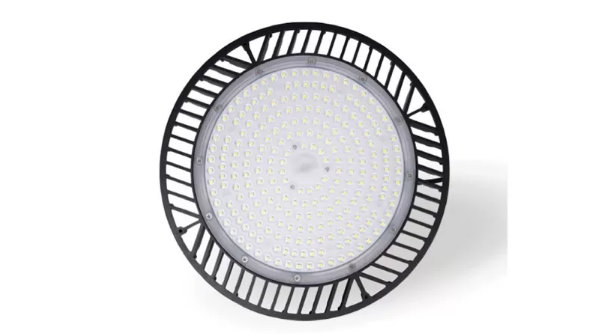
PHILIPS BY698P
Differences Between High Bay and Low Bay Lights
When comparing high bays vs. low bays, the decisive factor is always the ceiling height. These two categories of lighting fixtures are designed differently to meet the specific needs of each space. One major distinction lies in the concentration of light spread. High bay lights typically use reflectors to ensure the light spreads down and out effectively for visibility from a higher distance. Moreover, high bay lights feature a high lumen output to compensate for the greater distance compared to low bay light fixtures. Placed at a significant height, a fixture needs a higher lumen output to maintain the desired brightness across the space and avoid shadows.
1. Height of Installation:
High bay lights are designed for spaces with ceilings higher than 20 feet from the floor, typically around 40 feet. To ensure efficient operation from this height, they require specially engineered reflectors for HPS/MH bulbs or specific lens angles for LED high bays. This design ensures even distribution of light to the floor without wastage.
In contrast, low bay lights are suitable for ceilings ranging from 12 to 20 feet in height. They are commonly used in homes, public buildings, and retail businesses.
2. Application:
High bay lights are primarily used in industrial and commercial spaces, such as high bay warehouse lighting. Examples of areas where high bay lights are applied include:
- Storage facilities
- Factories
- Warehouses
- Airport hangars
- Municipal facilities
- School and university gymnasiums
Low bay lights can also be used in some of these locations, and their applications may include:
- Warehouses
- Frozen storage
- Gas stations
- Retail stores
- Restaurants
3. Beam Angle:
High bay lighting typically utilizes common beam angles such as 60°, 90°, and 120°. A narrow beam angle creates a focused beam with a high lux level on the floor, making it suitable for spaces with higher ceilings. Conversely, a wider beam angle is employed in large open areas with lower ceiling heights to ensure an excellent distribution of light.
On the other hand, low bay lights usually have a beam angle of 120°. The use of lens angles in low bay lights helps spread the light further to maintain the desired lighting level and directs the light in specific areas.
4. Mounting:
High bay lighting fixtures offer versatile mounting options, including hanging from chains or pendants, attaching to ceilings using hooks, or direct fixation to the ceiling. Various fixtures can be used for high bay lights, such as grid-mount high-bays, linear high-bays, round high-bays, and architectural high-bays.
High bay lights are designed to illuminate both vertical surfaces and the floor. This feature is crucial in warehouses where effective vertical lighting aids in picking items from shelves.
Why Is It Important to Make the Right Choice?
Choosing the appropriate fixture for your space is crucial for optimal lighting. While using the wrong fixture won't lead to a disaster, it can significantly impact the overall lighting quality in the space. For instance, using low bay lights in a high bay ceiling results in inadequate visibility, while employing high bay lights in a low bay ceiling can overpower the space with excessive brightness and incur higher costs. Therefore, considering the ceiling height is essential to selecting the right lighting solutions for your space.
How to Choose the Right Bay Lighting
Understanding the differences between high bay vs. low bay lighting is crucial for making the right selection. Considerations like bulbs, power, and energy usage also play key roles. Here are 9 important variables to keep in mind when installing high or low bay light fixtures:
1. LED vs. Fluorescent Bulbs
Choose the right bulb type, with LED bulbs being a popular choice due to their longer lifespan, lower energy consumption, and ease of installation compared to traditional fluorescent lamps.
2. High Bay vs. Low Bay LED Lighting
Consider the ceiling height when deciding between high bay and low bay LED lighting. The choice is influenced by the need to illuminate large spaces appropriately.
3. Beam Angle and Width
Select a beam angle that suits the light fixture's height, and calculate the beam width using the formula: beam angle x 0.018 x distance from the light bulb.
4. Mounting and Distributing Options
Choose the right mounting option (slip filters, trunnions, straight arms) and light distribution pattern (Type III or Type V) based on your specific needs.
5. Retrofitting
Consider retrofitting kits for LED lighting fixtures, which include essential components like slip fitter brackets and trunnions. Retrofitting can be cost-effective and time-saving.
6. Power
Ensure that the lighting fixture has sufficient power to illuminate the entire space. Look for fixtures with at least 130 lumens per watt.
7. Color Temperature
Select the appropriate color temperature based on preferences and visibility needs. Warmer colors offer comfort, while cooler colors like blue provide better visibility.
8. Shape
Consider the shape of the lighting fixture. Round lights are suitable for general illumination, while rectangular lights work well for specific areas like workbenches and production lines.
9. Energy Usage
Optimize energy usage by incorporating features like dusk-to-dawn photocells, motion sensors, and dimmers. These components help ensure that lights operate at full power only when needed.
Making informed choices in these areas will lead to an effective and efficient lighting setup tailored to your specific requirements.


